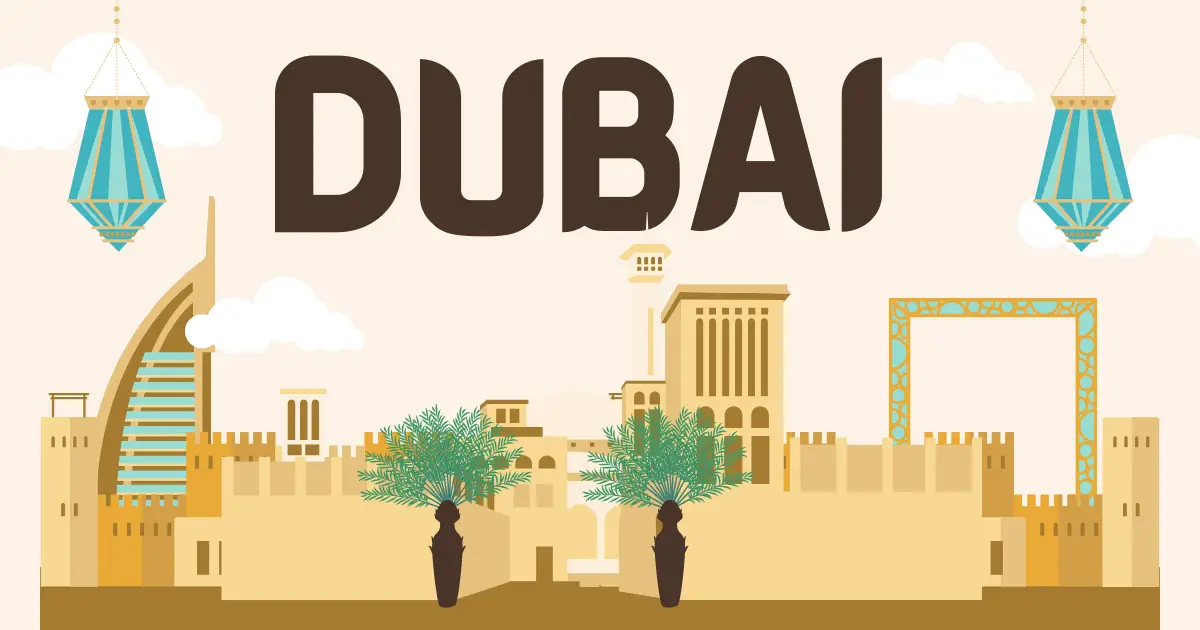
Many people mistakenly refer to Dubai as a country, but in reality, Dubai is one of seven emirates that make up the nation officially known as the United Arab Emirates (UAE). The UAE was formed on December 2, 1971, when six emirates—Abu Dhabi, Dubai, Sharjah, Ajman, Umm Al Quwain, and Fujairah—united. The seventh emirate, Ras Al Khaimah, joined in early 1972. The name “United Arab Emirates” reflects both the union of these emirates and their shared Arab heritage.
The term “emirate” refers to a political territory ruled by an emir, which is a title of nobility in Arabic meaning "commander" or "prince." Each of the emirates maintains a high degree of autonomy and is governed by its own royal family. However, they are united under a federal system with a shared constitution and a central government based in Abu Dhabi, the capital and largest emirate by area.
The name “United Arab Emirates” was chosen to represent the political unity among the emirates while acknowledging their cultural and linguistic ties as Arab states. The decision to unite came as British colonial influence in the Gulf was winding down, and the rulers saw strength in solidarity—especially for economic growth, security, and international diplomacy.
Dubai, while globally famous for its skyscrapers, luxury lifestyle, and economic innovation, is just one part of the federation. Abu Dhabi, for instance, is the political and administrative center and contributes the most to the UAE’s oil wealth. Each emirate plays a distinct role in shaping the identity and success of the nation.
In summary, the name “United Arab Emirates” symbolizes the unity of seven Arab emirates that voluntarily came together to form a strong, independent nation with shared values and goals.
©Gulf DN
